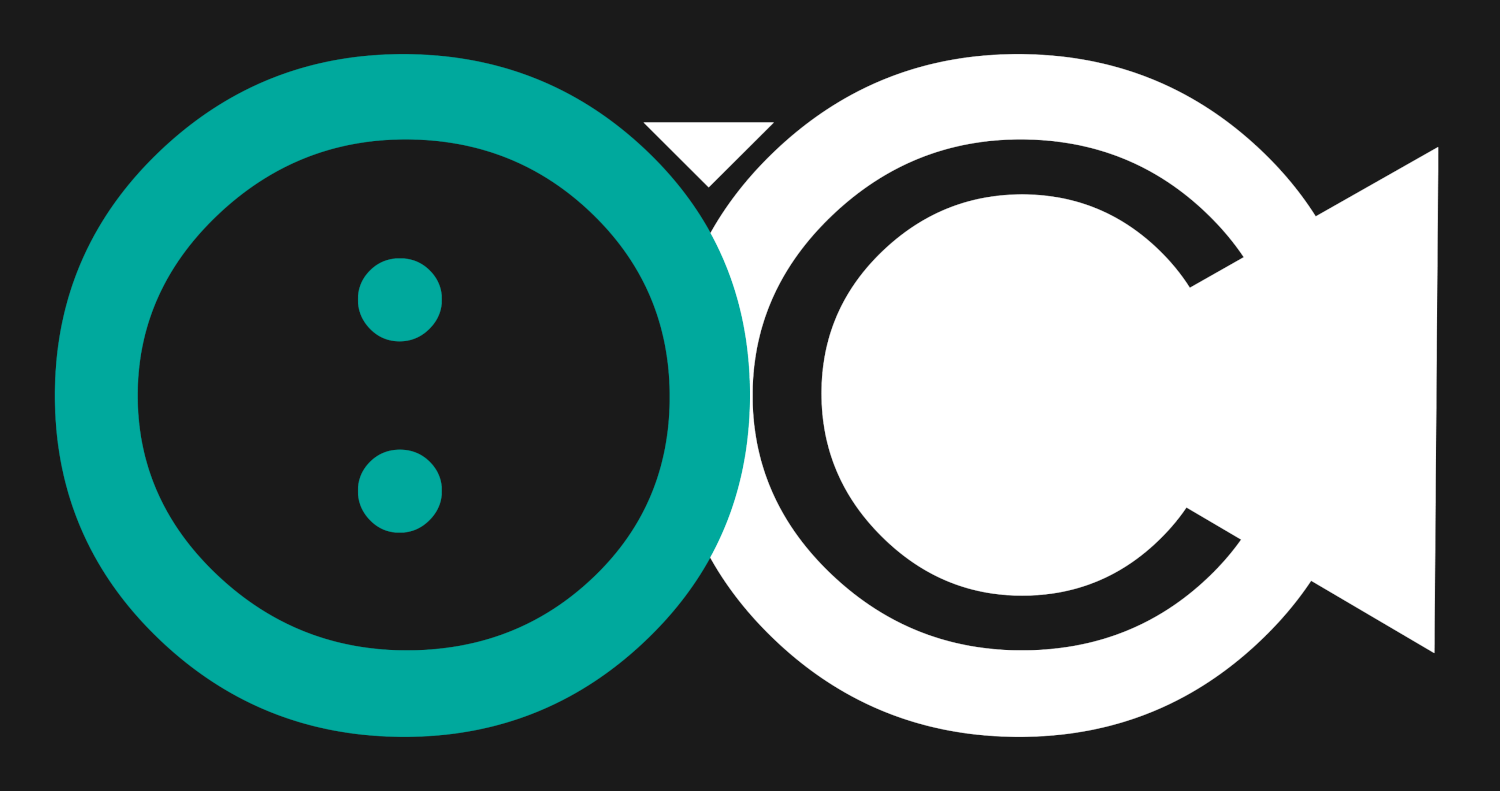


AGHBALOU
THE SOURCE OF WATER
AGHBALOU
THE SOURCE OF WATER
IN THE FACE OF AN INCREASINGLY HOSTILE AND UNPREDICTABLE CLIMATE, AGHBALOU - THE SOURCE OF WATER COMBINES A LOCAL STORY OF STRUGGLE AND NEGLECT WITH A GLOBAL CALL TO ACTION AGAINST THE GROWING CHALLENGES OF SUSTAINING WATER AND FIGHTING POVERTY.
The oasis of the Todgha Valley, a small river oasis on the southern slopes of the High Atlas Mountains in Morocco, have successfully sustained livelihoods and agriculture for centuries through an ancient and elaborate system of underground channels, but today new threats and challenges are facing these age-old communities. The film tells the story of people and their individual aspirations for a better future amid the swirl of challenges facing the area: population growth, groundwater over-extraction, emigration, climate change and unequal development, among others.
The film explores irrigation practices in the oasis and raises some important questions about water security revealing how agricultural developments can be both an opportunity and a possible threat to the rural poor. It looks at the future of agriculture in the region and presents potential strategies to adapt to growing water scarcity. It also introduces the concept of ‘virtual water’ developed by Professor Tony Allan, the internationally esteemed expert in water resources and the political economy of water policy. ‘Virtual water’, the water used to create the goods and services that we consume and use, is relevant to us today regardless of where we live.
Water is an essential livelihood asset, especially for the rural poor who rely on agriculture. Improving both access to water and water productivity are important factors in the betterment of livelihoods and in poverty reduction. One of the crucial ways of improving water productivity is irrigation, which is believed to boost production by up to 400%. In the last century, the world's irrigated area has expanded more than sixfold, from around 40 million hectares in 1900 to more than 260 million hectares.
Today, 40% of global food production comes from irrigated land. In regions with little or no surface water, resource shortages are met by using groundwater. This is particularly true for the Middle East and North Africa (MENA) which is home to 6% of the world's population and yet has some 1.4% of the world's water resources. In fact, groundwater is the main source of water in 54% of the region. In the non-oil economies of the region, irrigated farming is still the basis for many livelihoods and is the largest employment sector. With 50% of its population engaged in agriculture, Morocco is no exception in this regard. Groundwater irrigated agriculture has been the main means through which national food security has been pursued in the country and grew threefold from 1970-1996.
According to AQUASTAT, Morocco is among the top 20 groundwater-irrigating countries. Yet, none of these 20 countries are located in areas with high average annual groundwater recharge. As in other MENA countries, groundwater use in Morocco dates back to ancient civilisation; khettara (also known as qanat or fogra) is an ancient technique of tapping groundwater which emerged in present-day Iran, but has been widely adopted in the entire MENA region since the 7th century. Khettaras can in many ways be considered a sustainable technology, as they cannot deplete aquifers, being gravity-driven and dependent on groundwater levels. However, the rise of motor pumping in the 1970s has greatly intensified groundwater abstraction and threatened the existence of khettaras.
Today, the continuing intense use of groundwater coupled with severe climatic conditions has had a dire impact on aquifers, thus reducing the potential productivity of groundwater irrigation. The Intergovernmental Panel on Climate Change in Morocco expects a decrease of 20-30% in rainfall, perhaps even as high as 40%, and a 2.5-5°C increase in mean air temperature by the year 2080. Morocco's oases in particular will likely suffer from serious deterioration as a result of climate change, made even worse by demographic and urban pressures.
AMONG THOSE FEATURED
- Prof. Thierry Ruf, Institut de Recherche pour le Développement (IRD) and School of Agronomy of Montpellier, France
- Prof. Mhamaed Mahdane, University of Agadir
- Lewis Temple, International Development Enterprises
- Prof Tony Allan, King’s College London

THE FILM
THE FILM
AGHBALOU SCREENER
You can watch and learn from Aghbalou film in many ways: either by using it as a teaching resource, by watching it at your university campus, local library, at home or by hosting a film screening.
TEACHING RESOURCE
Use Aghbalou film as an educational resource at your school, college or university through our educational distribution partner, The Video Project.
HOST A PUBLIC SCREENING
Screen Aghbalou film at a conference or a public event and invite the filmmakers and academics behind it to run a workshop or a lecture.
Educational VOD
Watch Aghbalou film from anywhere in the world on your campus, or at your local library through kanopy educational streaming.
AMAZON VIDEO
Purchase your own copy or stream Aghbalou film from anywhere in the world on your mobile device, tablet or tv through amazon.com and amazon.co.uk Free streaming available for Amazon Prime users.
AGHBALOU EBOOK
There is only so much a filmmaker can include in a single film - especially on such a complex issue. If you wish to learn more, we have created a free eBook study pack where you can find out more about the film and the background research involved in it.
